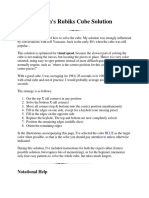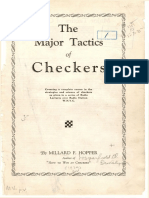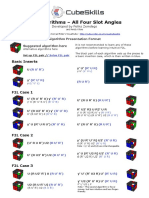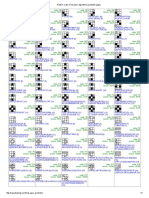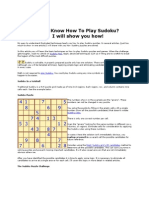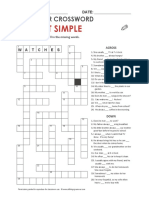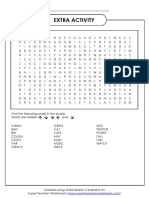0% found this document useful (0 votes)
620 views9 pagesFREE Sudoku Solving Guide
The Sudoku Solving Guide outlines the basic rules of Classic Sudoku and presents seven strategies to solve over 80% of puzzles, including Naked Singles, Hidden Singles, and Naked Triples. Each strategy is explained with diagrams and links to further resources for practice. The guide concludes by encouraging readers to enhance their Sudoku skills and mental sharpness through regular puzzle solving.
Uploaded by
Uma ShankarCopyright
© © All Rights Reserved
We take content rights seriously. If you suspect this is your content, claim it here.
Available Formats
Download as PDF, TXT or read online on Scribd
0% found this document useful (0 votes)
620 views9 pagesFREE Sudoku Solving Guide
The Sudoku Solving Guide outlines the basic rules of Classic Sudoku and presents seven strategies to solve over 80% of puzzles, including Naked Singles, Hidden Singles, and Naked Triples. Each strategy is explained with diagrams and links to further resources for practice. The guide concludes by encouraging readers to enhance their Sudoku skills and mental sharpness through regular puzzle solving.
Uploaded by
Uma ShankarCopyright
© © All Rights Reserved
We take content rights seriously. If you suspect this is your content, claim it here.
Available Formats
Download as PDF, TXT or read online on Scribd
/ 9







